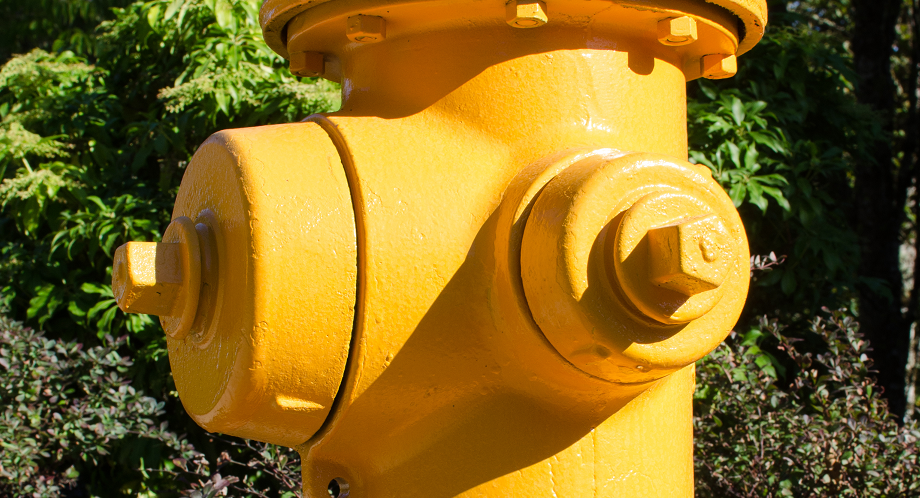The depth and complexity of excavation can significantly impact the overall installation cost of a fire hydrant due to several reasons:
- Depth of Water Main Connection: Deeper connections to the water main increase excavation requirements. Deeper trenches involve more labor, equipment, and time, contributing to higher installation costs.
- Trenching Challenges: Excavating through complex or difficult terrain, such as rocky or densely packed soil, can necessitate specialized equipment or additional labor, adding to the overall cost.
- Utilities and Obstructions: The presence of underground utilities, pipes, or obstacles in the excavation path may require additional precautions or adjustments, increasing the complexity and cost of installation.
- Additional Shoring or Support: Deeper excavations might require additional shoring or support structures to ensure safety and stability, leading to increased material and labor expenses.
- Labor Intensity: Deeper excavations often require more labor hours for digging, backfilling, and compaction, contributing to higher labor costs.
- Access Challenges: Difficult access to the installation site, such as narrow streets or restricted areas, can complicate excavation processes, leading to increased costs for maneuvering equipment and materials.
- Permitting and Regulations: Deeper excavations might require more stringent adherence to safety regulations and permitting requirements, potentially increasing administrative costs.
- Backfill Material Costs: Deeper trenches often require more backfill material, compaction, and finishing work, which can contribute to additional material expenses.
In summary, the depth and complexity of excavation significantly impact the cost of installing a fire hydrant, as they influence the labor, equipment, materials, and time required for the installation process. Proper evaluation and planning considering these factors are essential to estimate and manage the costs associated with excavating for fire hydrant installation accurately.
How does the distance from existing water mains or infrastructure affect installation expenses?
The distance from existing water mains or infrastructure can notably influence installation expenses for a fire hydrant due to several factors:
- Extension of Water Lines: Greater distances from water mains typically require extending water lines to reach the location of the fire hydrant. Longer pipe runs mean more materials (pipes, fittings) and increased labor for laying and connecting these lines, adding to installation costs.
- Pipe Size and Material: Depending on the distance, larger or higher-pressure pipes might be necessary to maintain adequate water flow and pressure to the fire hydrant. This can increase material costs.
- Excavation and Trenching: Longer distances may require more extensive trenching to lay the water lines, increasing excavation costs, labor, and the need for additional backfill material.
- Utilities and Obstacles: Greater distances could encounter more underground utilities or obstructions, necessitating adjustments, re-routing, cost to install fire hydrant or additional measures to avoid or work around these obstacles, which can increase installation complexity and costs.
- Permitting and Approvals: Longer connections may require additional permits, regulatory approvals, or compliance checks, potentially increasing administrative expenses.
- Pump Stations or Pressure Boosting: In cases of substantial distance from the mains or insufficient pressure, pump stations or pressure-boosting equipment might be needed, introducing additional costs for equipment and installation.
- Infrastructure Upgrades: Connecting to distant mains may require upgrades or modifications to the existing infrastructure, leading to additional expenses to ensure compatibility and sufficient water supply.
- Transportation Costs: Increased distance may also involve higher transportation costs for materials, equipment, and personnel to access the installation site, impacting overall expenses.
- Ongoing Maintenance: Hydrants connected to distant mains might require more frequent inspections or maintenance due to the extended pipeline length, potentially adding to long-term operational costs.
Therefore, the distance from existing water mains or infrastructure significantly impacts installation expenses for fire hydrants due to the additional materials, labor, infrastructure requirements, and potential complexities associated with extending the water supply network to reach the desired location.
